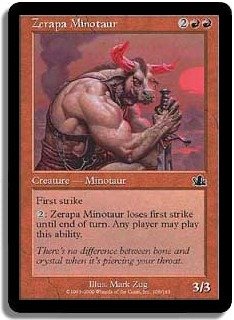
1 Τεμ Wijna Mask Ανδρικό Μενταγιόν Μινώταυρος Από Ατσάλι Τιτανίου, Vintage Κολιέ Με Μακριά Κέρατα Φάντασμα Κρανίο, Αξεσουάρ Μόδας Κοσμημάτων Για Άνδρες Και Γυναίκες | Δωρεάν Αποστολή Για Νέους Χρήστες | Temu Cyprus

1 Τεμ Wijna Mask Ανδρικό Μενταγιόν Μινώταυρος Από Ατσάλι Τιτανίου, Vintage Κολιέ Με Μακριά Κέρατα Φάντασμα Κρανίο, Αξεσουάρ Μόδας Κοσμημάτων Για Άνδρες Και Γυναίκες | Δωρεάν Αποστολή Για Νέους Χρήστες | Temu Cyprus

Διογκωμένος Και Τριχωτός Μινώταυρος Σαν Πολεμιστής Ένα Αγκαθωτό Ρόπαλο Σαν Διανυσματικό Αρχείο από ©PenWin417493858

























